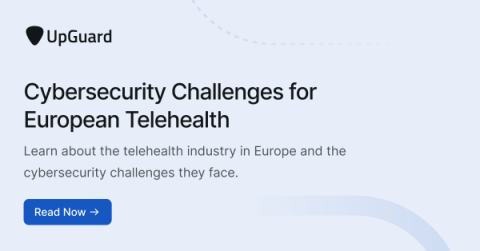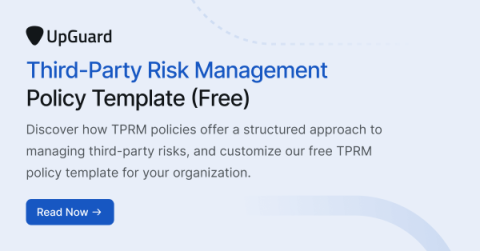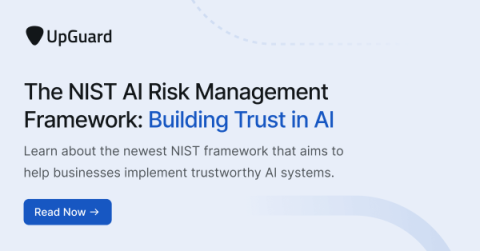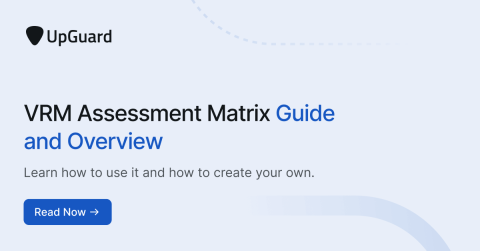Generative AI and Cyber Security
There has been a lot of talk about Artificial Intelligence (AI) in recent years. It is certainly a polarizing subject. While it raises hopes about the future of technology and what humanity is capable of, it also raises questions around human control and technological determination. There are those who worry that Artificial Intelligence is going to ‘take people’s jobs’, or even take over the world, and that the world will end up like a dystopian ‘Terminator’ style film.










